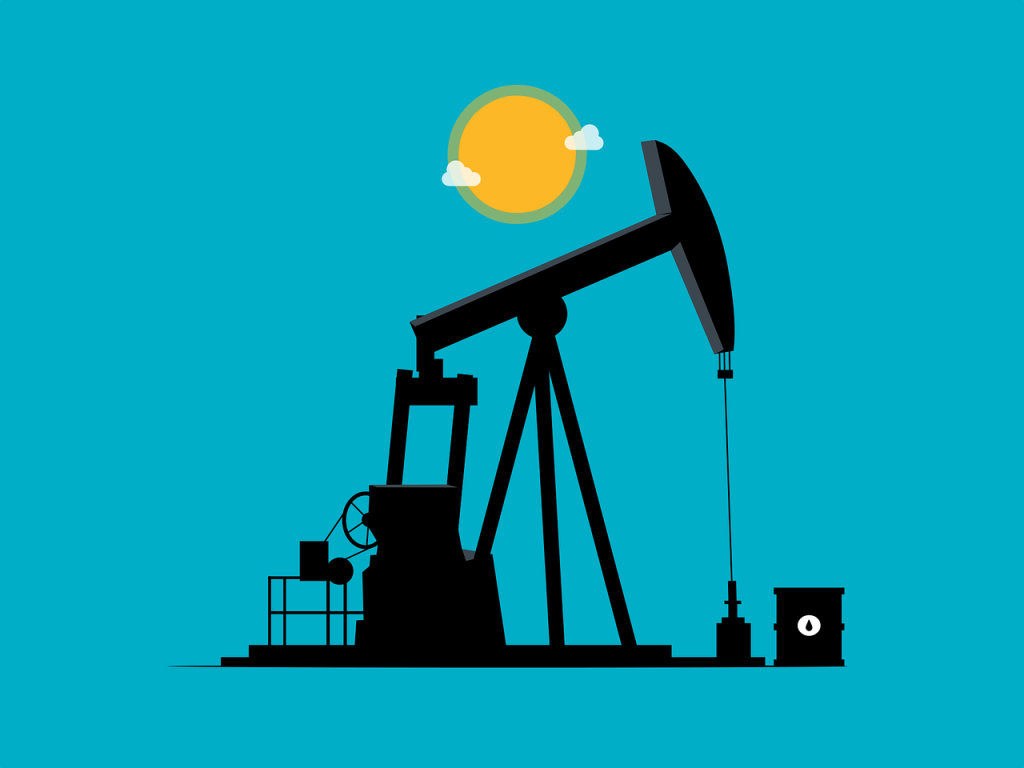INTRODUCTION:
In the sprawling landscape of the oil and gas industry, two distinct realms stand out: upstream and downstream operations. While both play integral roles in the production and distribution of oil and gas products, they operate in vastly different spheres. Understanding the differences between upstream and downstream operations is crucial for businesses looking to leverage the Scientific Research and Experimental Development (SR&ED) program in Canada. Let’s explore these distinctions and how they intersect with SR&ED credits.
UPSTREAM OPERATIONS: TAPPING INTO THE SOURCE
Upstream operations encompass activities involved in the exploration, drilling, and extraction of crude oil and natural gas reserves. It’s where the journey begins, as companies venture into the depths of the earth in search of underground reservoirs containing hydrocarbons. Upstream operations are characterized by high-risk, high-reward endeavors, with exploration teams employing advanced geological surveys, seismic imaging, and drilling technologies to pinpoint lucrative reserves.
SR&ED IN UPSTREAM OPERATIONS:
Despite the rugged terrain and harsh conditions of upstream operations, innovation thrives. From developing cutting-edge drilling technologies to enhancing reservoir modeling techniques, companies engaged in upstream activities often qualify for SR&ED credits. Scientific research conducted to understand subsurface geology, optimize drilling processes, or improve well productivity aligns with the SR&ED program’s criteria for eligibility. By investing in innovation, upstream companies not only unlock new reserves but also unlock valuable tax incentives through SR&ED.
DOWNSTREAM OPERATIONS: REFINING THE RAW MATERIAL
In contrast, downstream operations focus on refining crude oil into various petroleum products and distributing them to end-users. This sector encompasses refineries, petrochemical plants, and distribution networks responsible for transforming raw crude into gasoline, diesel, jet fuel, lubricants, and other refined products. Downstream operations are highly complex, with a heavy emphasis on process optimization, quality control, and logistical efficiency.
SR&ED IN DOWNSTREAM OPERATIONS:
While downstream operations may not involve the same level of geological exploration as upstream activities, they present ample opportunities for innovation. Refineries and petrochemical plants constantly seek ways to improve energy efficiency, reduce emissions, and enhance product quality. Research and development initiatives aimed at developing cleaner fuels, optimizing refining processes, or implementing advanced control systems can qualify for SR&ED credits. By fostering innovation in downstream operations, companies can not only boost efficiency and competitiveness but also benefit from valuable tax incentives through SR&ED.
CONNECTING UPSTREAM AND DOWNSTREAM WITH SR&ED:
Despite their distinct focuses, upstream and downstream operations are interconnected in the broader oil and gas value chain. Innovations in upstream activities, such as improved reservoir characterization or enhanced drilling techniques, can directly impact downstream operations by ensuring a steady supply of high-quality feedstock to refineries. Similarly, advancements in downstream processes, such as refinery optimization or product innovation, can enhance the overall value proposition of upstream exploration and production activities.
MAXIMIZING SR&ED OPPORTUNITIES:
Whether engaged in upstream exploration or downstream refining, oil and gas companies can leverage the SR&ED program to support their innovation efforts. By documenting eligible research and development activities, addressing technological uncertainties, and seeking expert guidance from SR&ED consultants, businesses can maximize their SR&ED opportunities and unlock valuable tax incentives to fuel further innovation and growth.
CONCLUSION:
In the dynamic world of oil and gas, innovation is the driving force behind progress. Understanding the distinctions between upstream and downstream operations is essential for navigating the complexities of the industry. By recognizing the innovative potential inherent in both realms and leveraging the SR&ED program, oil and gas companies can propel themselves towards a future of sustainable growth, technological advancement, and economic prosperity.
